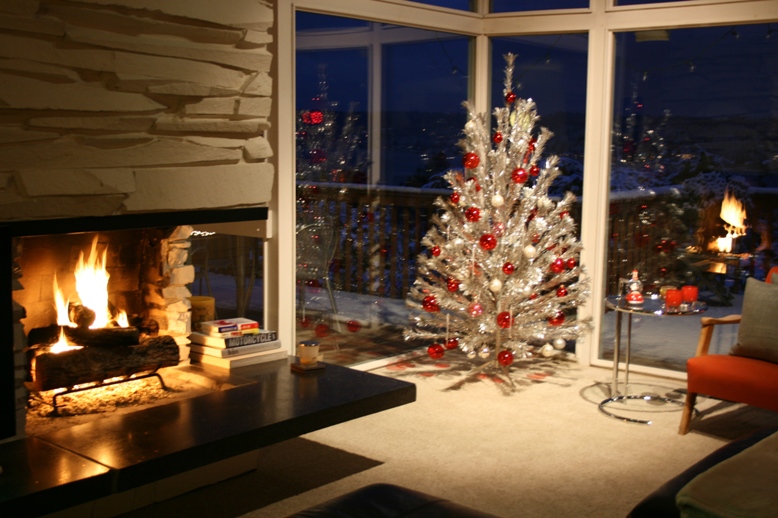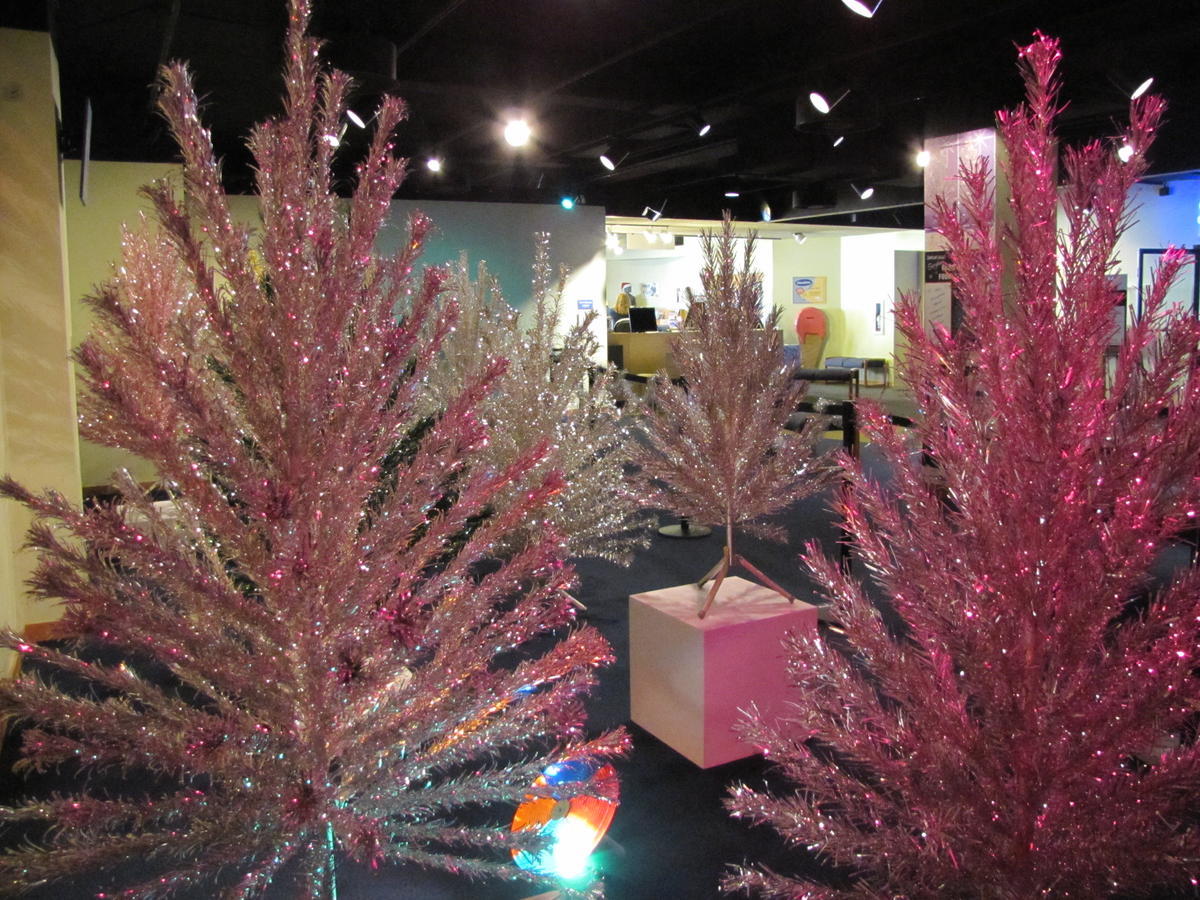The story of the aluminium trees - which started as aluminium branches and aluminium foil needles inserted into a wooden trunk, but then evolved to feature different colors and projectors designed to light up the entire tree with color - began when a Chicago company called Modern Coatings first produced them in 1957. After seeing the Modern Coatings trees (which sold for between $75-$100), an executive at another company named Aluminium Specialty had the idea of producing a cheaper tree, one consumers could buy and carry out in a box.
The trees soon became a hit, with Aluminium Speciality launching its Evergleam-brand design in 1959 and producing 200,000-3000,000 trees that first year alone.
CONSUMER
Lighting Up Christmas with Aluminium Trees
With the holiday season right around the corner, millions of American families are putting up Christmas trees (some real, some artificial) to mark the Christmas season.
December 22, 2015
The Christmas tree industry is big business in the United States, with 25-30 million real trees sold every year and over 100,000 people employed either part-time or year-round.
In the 1950s and 60s, however, many of those celebrating Christmas preferred a different type of tree in their homes: one made out of aluminium. While these modernist trees may have once been seen as a temporary fad, they have since become a treasured collector's item and a symbol of a bygone era.

Aluminium Christmas Tree. Photo by Wikimedia commons
Even though dozens of other companies soon started producing their own trees (running the line from budget to high-end), Aluminium Speciality and its Evergleam brand managed to keep 65% of the market. Trees began to sport additional features, such as "pom poms" which would reflect the light coming off the aluminium needles and make the tree even more brilliant. In 1963, the Sears catalog featured the trees and offered this description:
"Whether you decorate with blue or red balls . . . or use the tree without ornaments - this exquisite tree is sure to be the talk of your neighborhood. High luster aluminum gives a dazzling brilliance. Shimmering silvery branches are swirled and tapered to a handsome realistic fullness. It's really durable . . needles are glued and mechanically locked on. Fireproof . . you can use it year after year."
— Sears Catalog, 1963
Sadly, the beginning of the end for the aluminium tree came in 1965, when that year's Charlie Brown Christmas Special took aim at the trees as a symbol of the excessive commercialization of the holiday. Sales began dropping after that and petered out in the 1970s, but it wasn't the end of the road quite yet.
While the aluminium Christmas tree may have seen its heyday come to an end in the 1960s, the once ubiquitous symbol of Christmas has found a new life as a poignant symbol in a very different time. Nostalgic collectors and specialized museums have brought back a real level of appreciation for this once maligned piece of Christmas decor. Nearly four decades after the aluminium tree began to go out of fashion, photographers John Shimon and Julie Lindemann published Season's Gleamings: the Art of the Aluminum Christmas Tree, a collection of photographs of the long-forgotten trees.
While the aluminium Christmas tree may have seen its heyday come to an end in the 1960s, the once ubiquitous symbol of Christmas has found a new life as a poignant symbol in a very different time. Nostalgic collectors and specialized museums have brought back a real level of appreciation for this once maligned piece of Christmas decor. Nearly four decades after the aluminium tree began to go out of fashion, photographers John Shimon and Julie Lindemann published Season's Gleamings: the Art of the Aluminum Christmas Tree, a collection of photographs of the long-forgotten trees.
Since then, the trees are once again being produced (on a smaller scale) and a robust online market has sprung up around surviving vintage ones. One rare seven-foot vintage tree, sold for as much as $3,600 in 2005.
The Wisconsin Historical Museum even features a collection of vintage trees during its recurring "Tis the Season" exhibit. As Joe Kapler, a historian who curated the exhibit on the trees, put it: "Fifty, sixty years on, the Evergleam is now a warm, nostalgic memory, fondly recalled. It's funny how that works out."
The Wisconsin Historical Museum even features a collection of vintage trees during its recurring "Tis the Season" exhibit. As Joe Kapler, a historian who curated the exhibit on the trees, put it: "Fifty, sixty years on, the Evergleam is now a warm, nostalgic memory, fondly recalled. It's funny how that works out."

Evergleam display continues at Wisconsin Historical Museum in Madison. Photo by WUWM